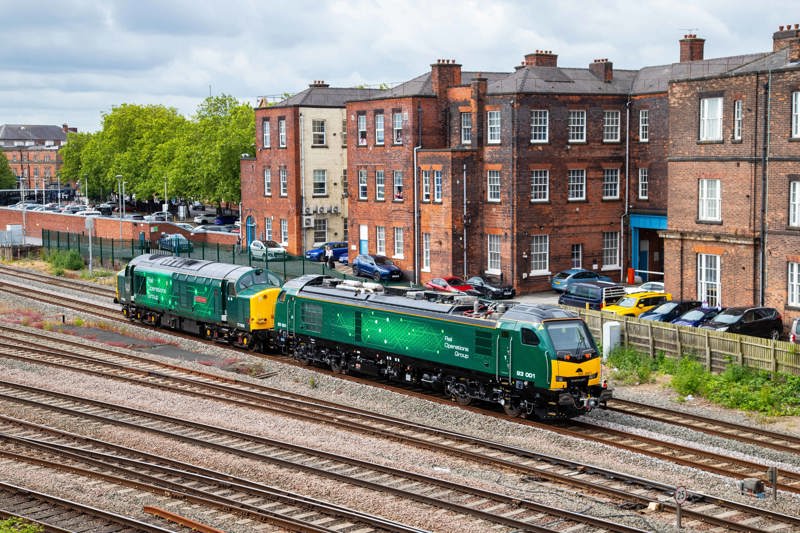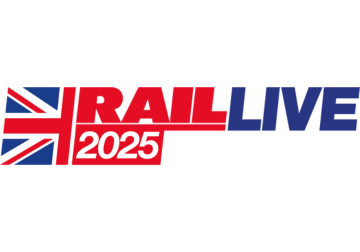
Loaded tests of a Class 93 are due to be carried out in May, with the locomotive planned to haul up to 2,000 tonnes over Shap.

Loaded tests of a Class 93 are due to be carried out in May, with the locomotive planned to haul up to 2,000 tonnes over Shap.
Ride and static evaluations have already been completed on the tri-mode locomotives, which are owned by Rail Operations Group (ROG).
ROG Chief Executive David Burley said the Stadler-built ‘93s’ had passed the initial tests with “flying colours”, having hauled 400-tonne empty carriage sets between Crewe and Carlisle.
For the next stage, late-night trials from May 12-15 and May 19-22 will involve pulling freight sets, starting at 800 tonnes and building up to 2,000 tonnes during the second set of dates. These will involve alternative power modes, with electric and diesel set to be used to assess performance.
Several potential customers are “waiting to see how those further tests go” before deciding whether to run them on services. However, ROG is confident of their performance.
Burley said the locomotive was “still accelerating” as it approached the top of Shap when pulling 400 tonnes.
He told RAIL that “early indications that performance from standing starts and during poor weather were “really good”, with more modern traction control systems helping to prevent wheel slip issues.
Once in service, the Class 93s are not expected to pull more than 1,800-tonne trains, with their prime strength on long-distance services.
Tests on features such as batteries have gone well so far, with Burley commenting: “With work on the locomotive so far, the operational span of the batteries is greater than the original specification”. It is hoped this will reduce the need to run on diesel power.
So far, the ‘93s’ have been approved to be placed into service at 100mph, but ROG has applied for that to be raised to 110mph.
“Freight has to go faster,” Burley said.
However, the Class 93s are also expected to help bridge electrification gaps on key freight routes and help operators to make operational savings.
The company hopes the improved performance with higher top speed and better acceleration will help make “marginal differences” at freight terminals, allowing a bit more time to fully load trains.
ROG also said part of the project is “building up a pool of expertise”, with Burley explaining:
“They are complex pieces of kit. We’ve had to do a huge amount of work with training - it’s not for every driver. Those who have driven it, we can’t get them out of the seat.”
Full training of drivers is expected to take around two weeks - a lot longer than the traditional conversion training of approximately two days for other locomotives.
Burley added: “The cab of a ‘93’ is very different. There are three modes as opposed to one.”
ROG has also not ruled out ordering more Class 93s if there is demand.
As of mid-April, 93001/02/006 were in the UK, with 93007/010 due to arrive at Portbury Dock (Bristol), at the end of the month, followed by 93003 two weeks later.
After that, the remaining four should arrive at a rate of one a fortnight, with the whole fleet of ten expected to be in the UK by July.
En route to last year’s Rail Live, Rail Operations Group 37608 Andromeda hauls 93001 past ROG’s Derby headquarters on June 17 2024. STEVE DONALD/RAIL OPERATIONS GROUP.
Login to continue reading
Or register with RAIL to keep up-to-date with the latest news, insight and opinion.


















Login to comment
Comments
No comments have been made yet.